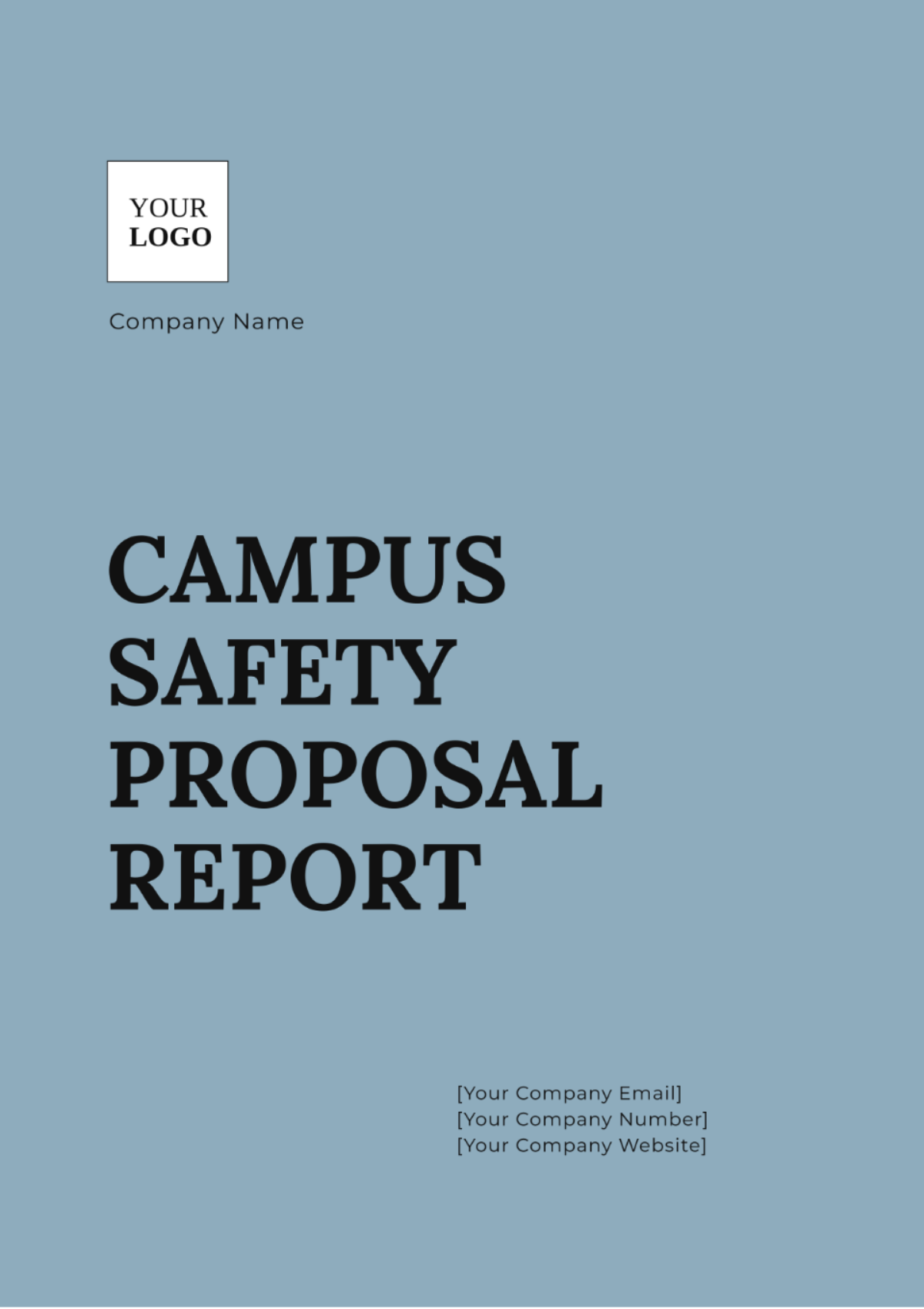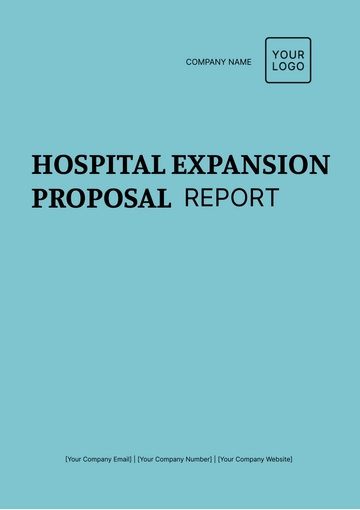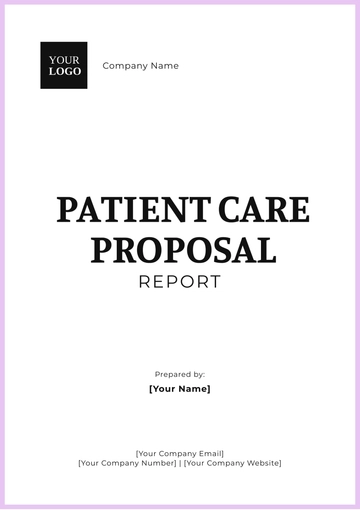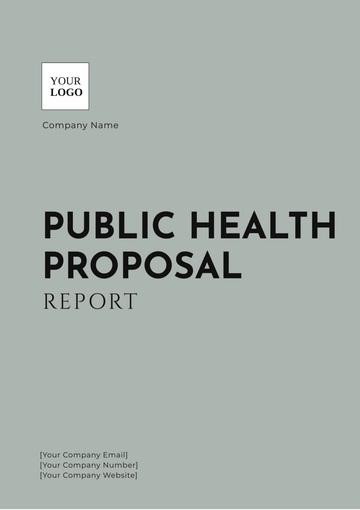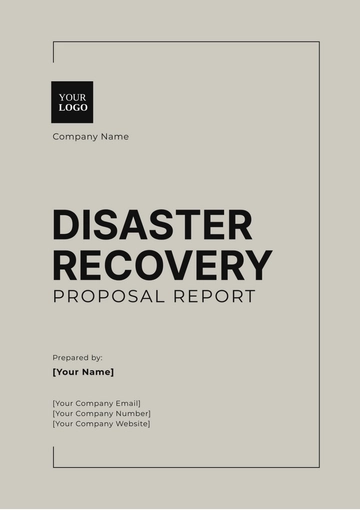Campus Safety Proposal Report
Prepared by: [YOUR NAME]
Date: [DATE]
I. Executive Summary
This Campus Safety Proposal Report aims to outline comprehensive strategies, plans, and recommendations to enhance safety across our campus. The report is grounded in detailed risk assessments and is designed to guide actionable steps over the coming year. The following sections provide an in-depth analysis and a structured approach to improving campus safety through various measures such as infrastructure improvements, increased patrols, and technological upgrades.
II. Risk Assessment
The risk assessment phase involved identifying potential and existing safety vulnerabilities across campus areas. This section provides a summary of the major findings:
Risk Source | Potential Impact | Likelihood |
|---|
Unlit Pathways | High | High |
Low Police Patrol Visibility | Medium | Medium |
Insufficient Emergency Procedures | High | Low |
III. Proposed Safety Measures
A. Infrastructure Improvements
Install additional lighting in pathways and parking areas: Adding more lights will enhance visibility, reduce dark spots, and improve overall safety by making potential hazards and intruders more visible.
B. Increased Patrols
C. Technological Upgrades
Integrate smart card access controls in all buildings: Smart card systems enhance security by restricting access to authorized individuals, reducing the risk of unauthorized entry, and improving overall building safety.
IV. Budget Considerations
The proposed initiatives will require a carefully planned budget to ensure sustainable implementation. An estimated budget breakdown is illustrated below:
Total Estimated Cost: $240 000
V. Implementation Plan
Phase | Timeline | Tasks |
|---|
Phase 1: Initial Assessment and Planning | Months 1-2 | |
|
Phase 2: Infrastructure Improvements | Months 3-6 | |
|
Phase 3: Technological Upgrades | Months 7-9 | |
|
Phase 4: Full Deployment | Months 10-12 | |
|
VI. Training and Awareness Programs
To ensure the success of the implemented safety measures, comprehensive training and awareness programs will be conducted:
A. Training Sessions
B. Awareness Campaigns
VII. Monitoring and Evaluation
Regular monitoring and evaluation will be essential to measure the effectiveness of the safety initiatives:
A. Key Performance Indicators (KPIs)
Increased student and staff satisfaction, measured through surveys: Enhanced satisfaction will reflect the positive impact of safety initiatives on the campus community, showing improved perceptions of safety and security.
B. Audit and Feedback Mechanism
VIII. Conclusion
The outlined Campus Safety Proposal serves as a strategic framework aimed at fostering a safer campus environment. Through targeted infrastructure upgrades, enhanced security patrols, advanced technological integration, and comprehensive training programs, we believe these initiatives will significantly mitigate risks and improve overall campus safety. The structured implementation plan and robust monitoring system ensure a sustainable approach, making our campus a secure and welcoming place for everyone.
Report Templates @ Template.net
